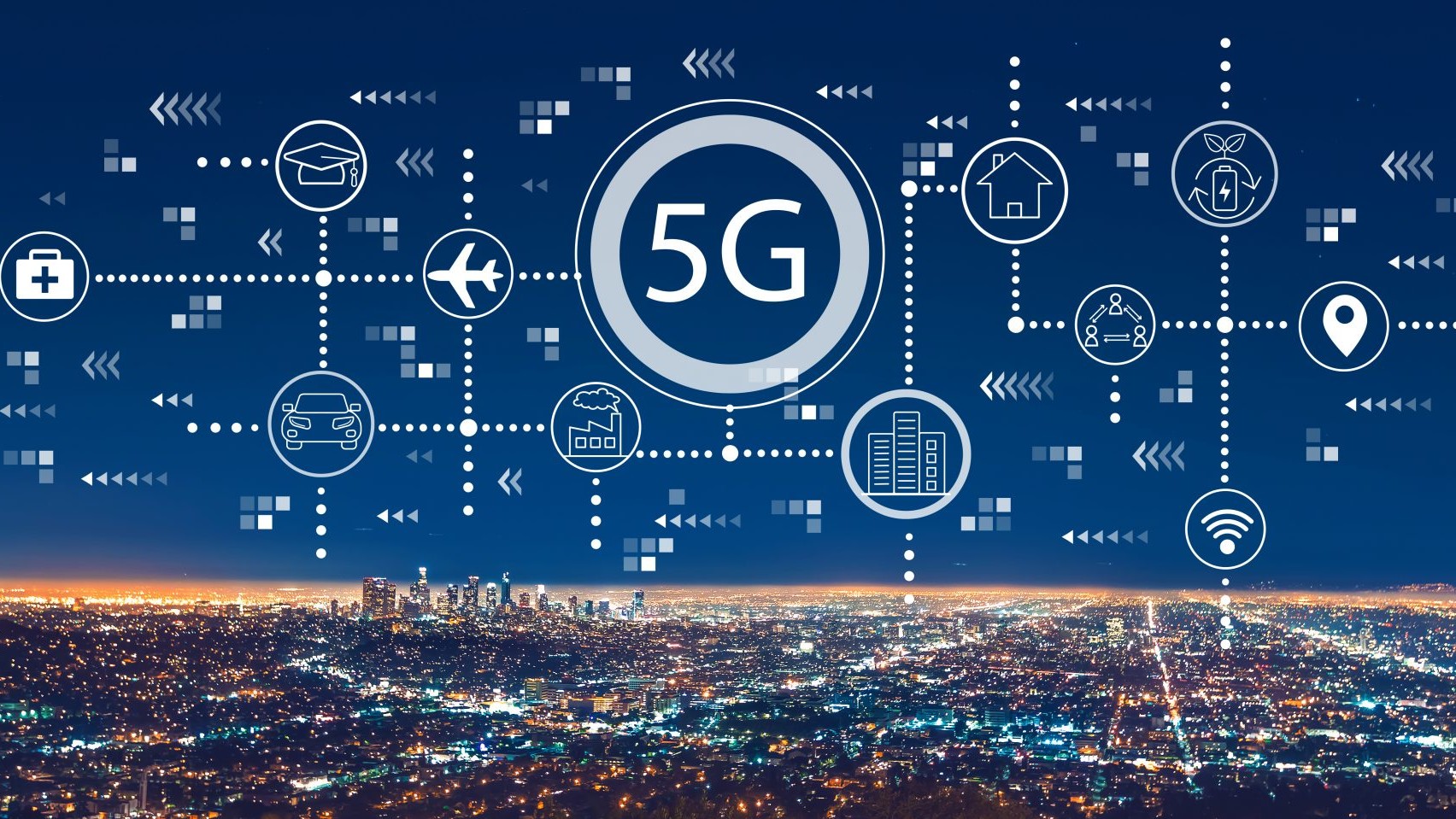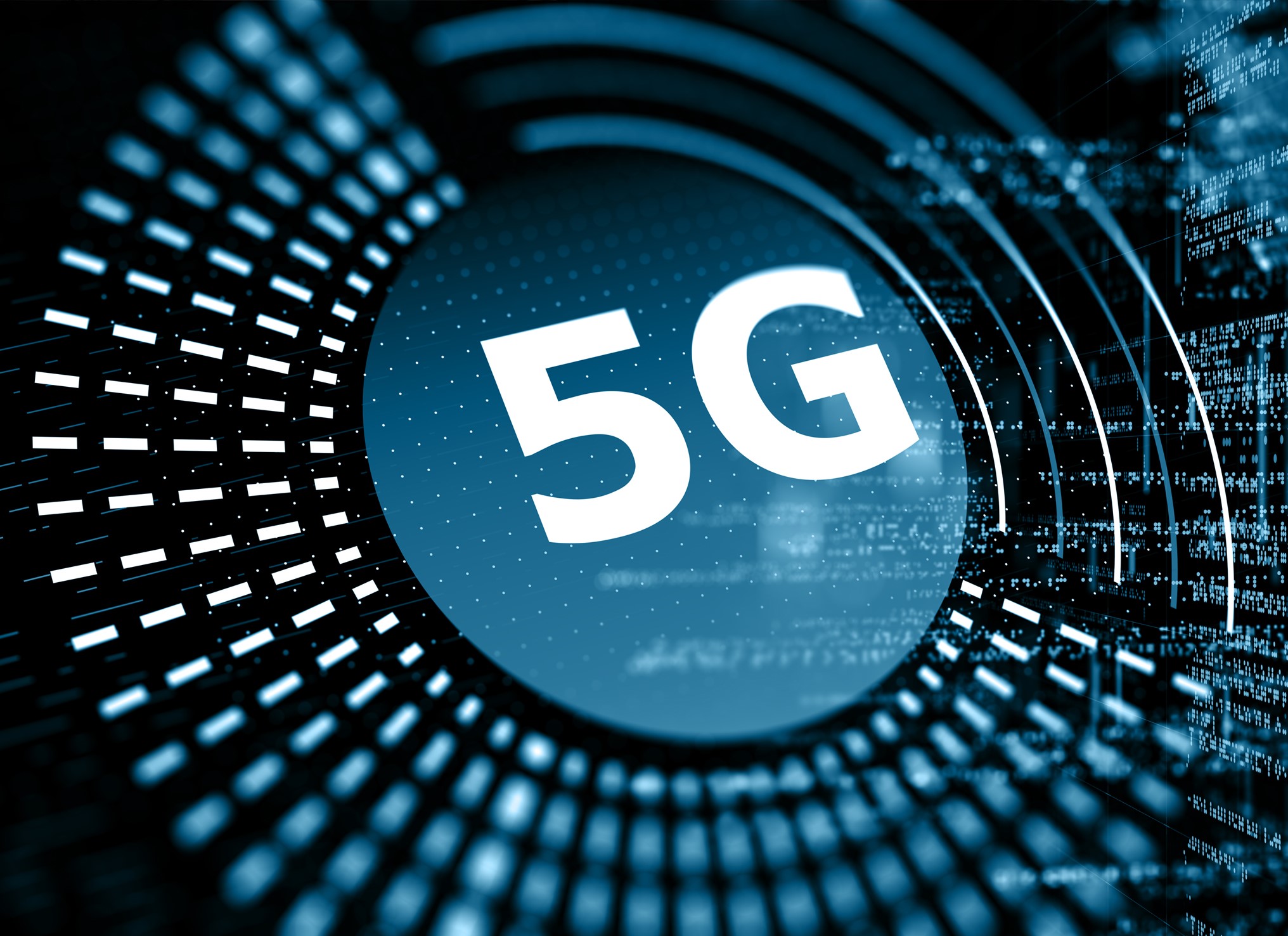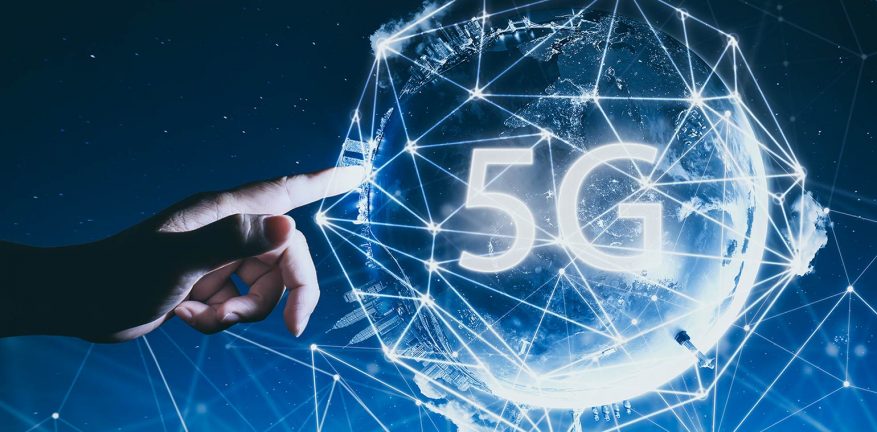TECHNOLOGY FOCUS
5G is an important and necessary enhancement of the prior mobile cellular technologies because it has the potential to support millions of devices at ultrafast speeds, as well as having the potential to transform the lives of people around the world. Indeed 5G technology can help make life better by introducing exotic services, for example, autonomous vehicle technology are possible with 5G, creating the potential for people to have new levels of personal and professional freedom. Moreover 5G can power technology well beyond what current mobile technology permits.
Thanks to its speed capacity and bandwidth potentials, 5G promises to make significant improvements in 3D holograms, virtual reality, augmented reality and internet gaming, creating opportunities to connect people far beyond what current cellular technology allows. Finally 5G technology promises to improve mission-critical services that affect safety and security of services today. Opportunities include smart cities with 5G in public spaces, the potential for remote surgery, better traffic control and many other applications that depend on nearly instantaneous response time.
This course will provide to audience all necessary technical background to fully understand the 5G network architecture, topology functionalities and evolution.


COURSE CONTENT
5G has introduced a new way to offer services in the mobile industry. The advent of 5G and its applications will have a big impact on the world and on how we conduct business. It has created a new way to represent the 3GPP cellular technology in a quite similar and competitive to WiFi for short range cells (mmWave sectors).
Enhancing the prior LTE/LTE-A technology, starting from artificial intelligence and self-driving cars to telemedicine and mixed reality to as yet undreamt technologies, all prospectus services will transform our lives and move towards making lives easier, safer, and healthier. All these demands will ultimately require high-speed, always-on internet connections.
Moving from the 4G EPC core architecture towards more flexible network architectures and topologies, comprising technologies like software defined radios and network virtualization, 5G core defines a new era in the network deployment and services provisioning. In the same time 5G New Radio NR defines a new approach and perspective on handling the available spectrum, with more flexibility in frames and numerologies, comprising exotic technologies as massive MIMO with beam forming and machine learning algorithms for more efficient Radio resource Management and MAC scheduler.
This course will introduce audience into the smooth evolution from LTE/LTE-A to 5G in a stepwise path. The ultimate need to transform the society into a digital era will make clear to audience the necessity for 5G technologies and network slicing. The core network enhancements will be thoroughly described and explained together with the slicing-Virtualization and SDN functionality and architecture. Same presentation principles will be followed also for the 5G NR and RAN architectures, introducing the audience into the commodity descriptions of the spectrum enhancements and channels towards the more exotic technologies of CoMP, massive MIMO with beamforming, mmWave picocell communications, NSA vs SA architectures and carrier aggregation enhancements. After this course participants will have a solid understanding of the 5G network necessity, new services and network topology and architectures with all functional modules in both RAN and core domain.
In order for the attendant to better understand the content of this topic and to gain a further insight into the 5G network description, prior knowledge of LTE RAN and EPS/EPC is strongly required.
WHO SHOULD ATTEND
This course presents the motivation and technology principles of 5G Network including both RAN and Core. Consequently it is considered to be a valuable topic for engineers working into the telecom sector to get a better insight into the basics of 5G, the whys and hows. It will give them the necessary background to further continue their career into the 5G era, a really technical boosting era of advanced services and architectures. It is also considered to be a good starting point for managers who do not want to spend time on technical details but want to grasp in a glance the 5G technology from a high level.
Marketing engineers as well as technical consultants will find this course a good initial step into their career path to pre-sales. Finally students, researchers and technical consultants into various other fields than mobile technology, will find this course very useful to fill the gap between their expertise (IT technology machine learning and software engineers etc) and the 5G technology.

Section 1 – 5G Requirements
5G Next Generation (NG) Requirements and Services
- 5G Network Deployment
- 5G services
- xMBB: Extreme Mobile BroadBand
- uMTC: Ultrareliable Machine Type Communication
- mMTC: Massive Machine Type Communication - 5G User experience
5G Objectives
- Capacity Increase
- Variety of Device Types
- Variety of use services
- Saving Energy
Section 2 – 5G Core Architecture
5G Core Standardization
- 5G core standardization steps
- 5G core network Evolution
5G Core Evolution
- Reason behind EPC to 5G core evolution
- General 5G core concept
- 5G core System Architecture
- 5G core Functions
- AMF Functionalities
- UPF Functionalities
- SMF Functionalities
- AUSF Functionalities - 5G Core Interfaces
- The Software Defined Networking (SDN) Concept
- OpenFlow Protocol
- Network Functions Virtualization (NFV)
- NFV MANO: Management and Orchestration
Section 3 – 5G RAN Architecture
5G RAN Standardization
- 5G RAN standardization steps
- 5G RAN network Evolution
5G RAN Evolution
- Reason Behind LTE-A to NR evolution
- 5G NR RAN overview
- HW Requirements
- 5G NR FR1 and FR2 spectrum
- NR numerology principles
- NR Frame structure
- NR mMIMO principles
- mmWave frequencies and requirements
- NR SU-MIMO Digital Beam-Forming
- NR MU-MIMO Digital Beam-Forming
- NR MU-MIMO analog and hybrid Beam-Forming
- Scheduler Enhancements
- Enhanced Carrier Aggregation
- CoMP
- NR Downling and Uplink channels overview
Section 4 – 5G NR RAN to Core Interconnectivity
5G E2E QoS
- IP flows vs. Bearers
- Authentication Principles
- Security Principles
- SDAP Protocol
5G NSA Architecture
- 5G NSA 3GPP options
- MR-DC principles
- EN-DC architectures
- EN-DC interfaces
- EN-DC setup-release concepts
- EN-DC Bearer types & Mobility
5G SA Architecture
- 5G SA 3GPP options
- 5G SA architectures
- 5G SA interfaces
- 5G SA connectivity

